- July 26, 2024
-
-
Loading

Loading
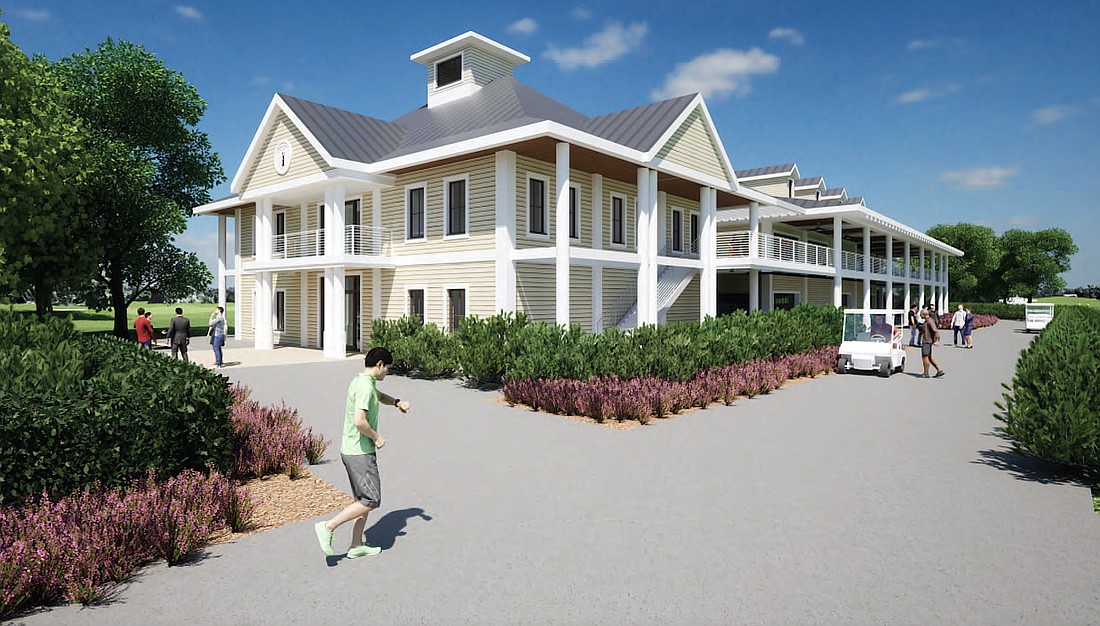
Bare-bones basic or invest for success?
With the exception of Jen Ahearn-Koch, it wasn’t much of a debate when the Sarasota city commissioners last week heard a proposal from Jon F. Swift Construction and city staff to consider an investment of $7.5 million to $9 million for the new permanent clubhouse at the city-owned Bobby Jones Golf Club.
As the restoration of the Donald Ross-designed municipal course at the eastern edge of the city limits continues toward a fall completion with construction of accessory buildings underway, the new clubhouse would be the exclamation point of a nearly $20 million investment — plus $9 million if the clubhouse comes in at the top of the proposed budget.
In January, Parks and Recreation General Manager Sue Martin and Swift Construction representatives presented a budget-based proposal for a simple clubhouse and separate cart storage barn, keeping it under a budget of $2.5 million.
Commissioners instead asked to see something that would help Bobby Jones be more competitive with other golf courses and maximize the value of the restored golf course, a 67-bay driving range and practice facilities, proximity to the public park portion of the site and the neighboring county athletic complex. Looking for more than a snack bar and golf shop, they sought opportunities for hosting golf tournaments, meetings and other special events that an upsized venue could support.
The cost of that, they learned last week, is $500 to $600 per square foot for construction. And the longer commissioners wait, the more it’s likely to cost.
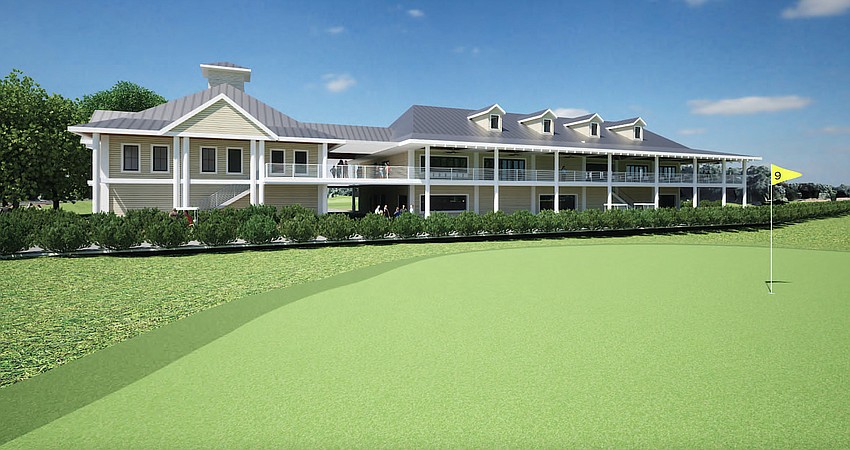
“The design we initially brought to you was mostly budget-based, it was very bare bones,” said Swift Project Manager Justin Williams. “We took the input that we got from the last meeting and we added some of the elements that were asked for, such as two-stories for dining space and having great views out to the site. What we are presenting is a 15,000-square-foot building."
As for the $1.5 million gap in the potential price, “We have not put a detailed estimate together yet because we're not there with this process,” Williams said.
With its old Florida architecture, the clubhouse design pays homage to the original Gillespie clubhouse building with its wrap-around veranda and fiber cement siding. To one side is the golf shop and office space, to the the other a cart barn beneath a full-service restaurant and veranda with outdoor seating that provides elevated views over the property. The two sides are connected at both levels by a breezeway.
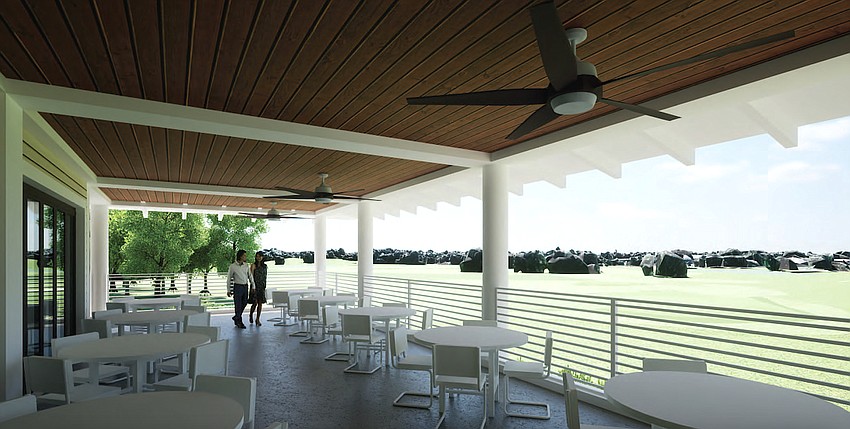
The elevated design, Martin told commissioners, is the result of commissioners’ input from that January meeting.
“You were looking at about 6,000 square feet for the clubhouse and the rest was going to be cart barn during that meeting,” Martin said. “Individual city commissioners shared their vision of what they would like to see in the permanent clubhouse, which we took in consideration to get back to Swift.”
In the new design, the restaurant alone is 5,000 to 6,000 square feet, including the kitchen.
Commissioners approved 4-1 Vice Mayor Liz Alpert’s motion to instruct Swift and staff to return with a more refined cost estimate and a plan for covering the cost. Ahearn-Koch was the lone opposition.
“I think it’s going to attract more people to use this course because it really makes it look like a world-class course that they're going to want to come to and not a rundown municipal course,” Alpert said. “I think that's a big factor in whether it will be profitable or have less losses than you were anticipating. I think it's probably something we should do because our idea was also to bring in people who are not necessarily playing golf.”
The city is already spending money on the unfinished course.
Originally anticipated to be open and operating by the fall of 2022, the course is not yet generating revenue to help cover the debt service of $1.6 million per year on a $20 million bond to cover the capital cost of nearly $19 million. That includes $12.5 million for the golf course restoration and another $5.3 million for accessory buildings — two on-course bathrooms, a starter house for the adjustable par-3 course and a practice range service building — plus parking lot.
Ross course restoration expert Richard Mandell of Pinehurst, North Carolina is leading the project to return the course to its original 18-hole Donald Ross design.
Until the clubhouse is built, a 2,400-square-foot temporary clubhouse will be installed, which will be three connected portable modules that the city may opt to retain for future use or sell when no longer needed.
An upwards of $9 million spend on the permanent clubhouse will bring the total capital investment to as much as $29 million. City Manager Marlon Brown said the money for the clubhouse will be available, but it will require a delay of about 18 months in order to cover the delta between the currently budgeted $2.5 million and the actual cost. That’s when the Surtax IV, the next round of one-cent sales tax revenue to fund capital investments, kicks in.
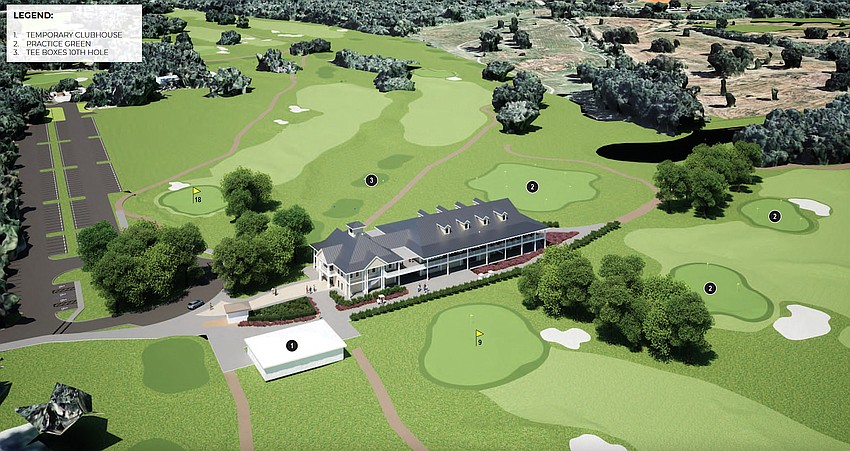
“If it is the commission's desire is to move forward with this, I am asking that you give us about 18 months for the next penny to come into being. Then we will borrow against that penny,” Brown said. “There’s money set aside for Bobby Jones, and that penny plus Parks and Rec has some additional funding just for general uses, so there is funding that we can use to get us to the delta between the $2.5 million and whatever this comes up to.”
Ahearn-Koch maintained any clubhouse beyond the originally budgeted $2.5 million is an unnecessary luxury. Several meetings with golfers, she said, indicated all they wanted was the best golf experience possible and downplayed the importance of an upscale dining space.
“One of the things that they placed low on their priority list was a fancy restaurant or catering or any of that,” she said. “The numbers really concern me and I was hoping we could stay within our budget of $2.5 million. I was supportive of keeping within that budget and keeping it small. I still feel very strongly that we should stay within our budget.”
The rest of the commission views the clubhouse differently — a community asset to appeal to more than golfers and an essential component to minimize anticipated operating losses if the course does not become profitable.
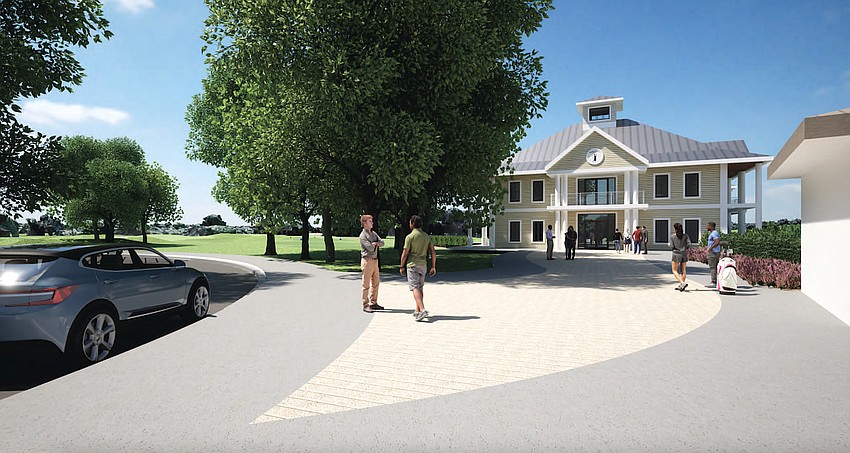
Commissioner Debbie Trice asked if the clubhouse could serve as a revenue generator for the course.
“We've hired a management company to oversee the operation and I believe that they're going to operate it to the best ability to bring in revenue,” Martin said. “It would be evening and weekend-type events. You also have golf-related events — tournaments and outings — and part of what we were asked to do is to make the space expandable, and that's what we've done with outside balconies. There are sliding doors there that can open and then you can expand to the outside. Beyond that we could always bring in festival tents. There is space outside around the clubhouse where you could bring in larger groups.”
Commissioner Erik Arroyo said the clubhouse should be viewed as a community asset accessible to a wider audience than only golfers, and the potential revenue it could generate.
“We want to make this as successful as possible. We want families to go there, we want this to be an amenity for the community,” Arroyo said. “The alternative is that we have a very nice golf course with no amenities for the public. We set it up to succeed or set it up to fail. We have to give it the resources that it needs to thrive, and I think there's a lot of potential, especially since we're not doing it on our own. We have an expert coming in, an internationally recognized firm that manages golf courses.
“If we're going to be investing in something, I think we should do it right.”